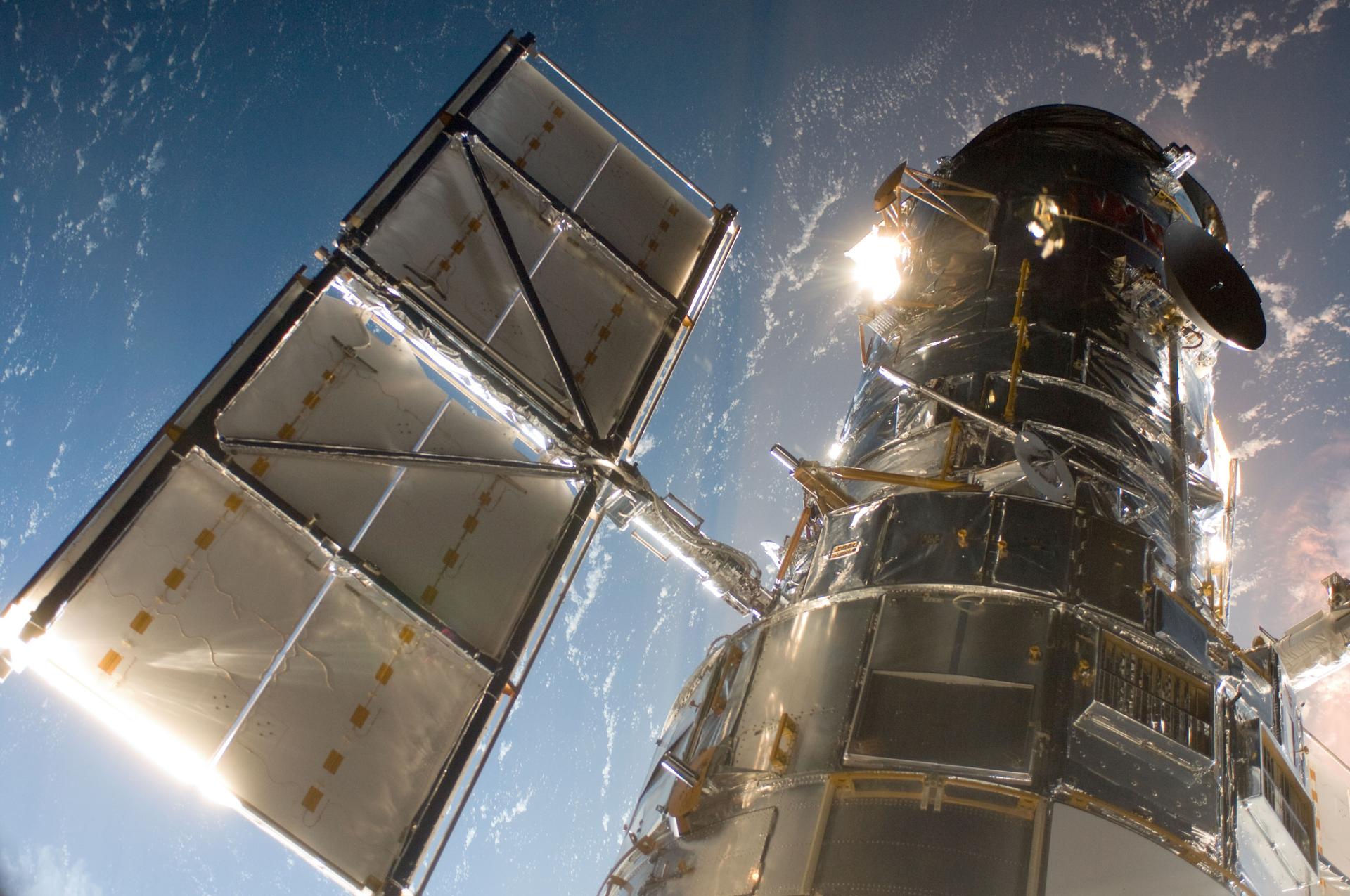Hubble telescope revived after a grueling month of darkness. Here’s what went wrong
NASA scientists think the problem came from a wonky power circuit, which told the satellite's computer to shut down.

After spending more than a month orbiting Earth in "safe mode," NASA's Hubble Space Telescope is back online once again, with all of its science instruments fully operational, according to a statement from NASA.
Engineers revived the satellite — launched in 1990 and built with hardware from the 1980s — on Saturday (July 17) after identifying a possible glitch in Hubble's Power Control Unit, which "ensures a steady voltage supply to the payload computer's hardware," according to NASA.
That payload computer suddenly crashed on June 13, automatically taking all of the satellite's science instruments offline and placing them in a "safe mode" configuration, Live Science previously reported. Technicians tried but failed several times to reboot the ailing computer.
But last week, NASA engineers discovered that the source of the glitch likely resides in a special protection circuit that prevents the satellite's Power Control Unit from sending too much or too little power to the payload computer. If the voltage supply goes beyond safe operating levels, the circuit automatically tells the payload computer to shut down, according to NASA.
Related: 26 cosmic Photos from the Hubble Space Telescope's Ultra Deep Field
"The team's analysis suggests that either the voltage level from the regulator is outside of acceptable levels (thereby tripping the secondary protection circuit), or the secondary protection circuit has degraded over time and is stuck in this inhibit state," NASA wrote on July 14.
NASA technicians got around this problem by switching operations over to the satellite's backup payload computer, and activating a backup Power Control Unit.
Sign up for the Live Science daily newsletter now
Get the world’s most fascinating discoveries delivered straight to your inbox.
With this backup hardware booted up, the satellite should be able to continue observing the cosmos — and hopefully working in tandem with the new James Webb Space Telescope, expected to launch later this year — for many years to come, according to NASA. Scheduled space observations that the satellite missed during its month in safe mode will be rescheduled for a later date, the agency added.
Originally published on Live Science.

Brandon is the space/physics editor at Live Science. His writing has appeared in The Washington Post, Reader's Digest, CBS.com, the Richard Dawkins Foundation website and other outlets. He holds a bachelor's degree in creative writing from the University of Arizona, with minors in journalism and media arts. He enjoys writing most about space, geoscience and the mysteries of the universe.









